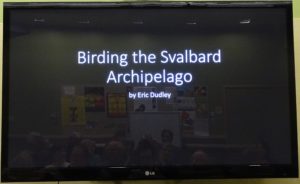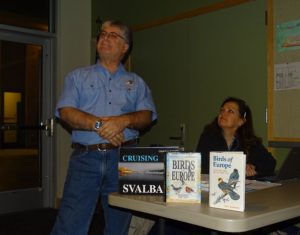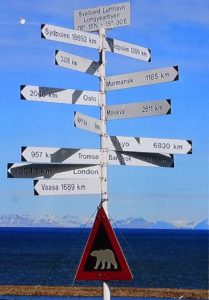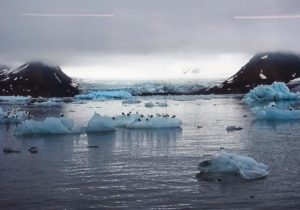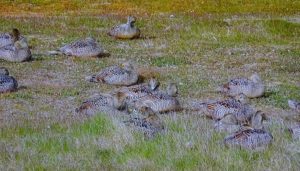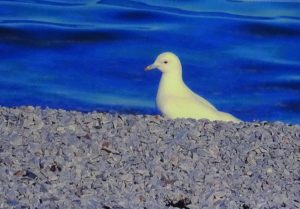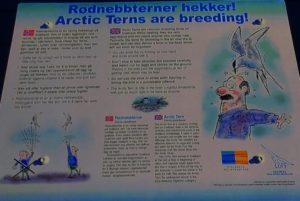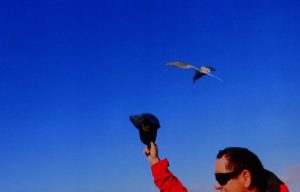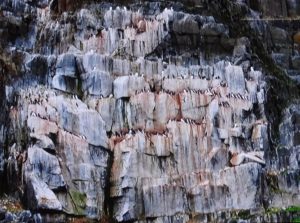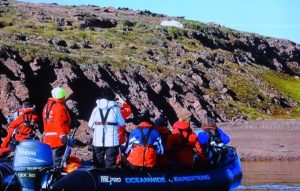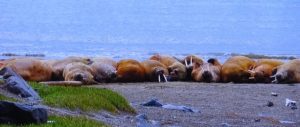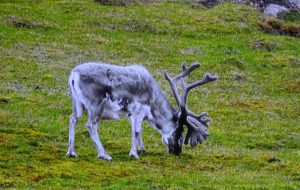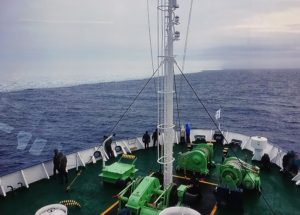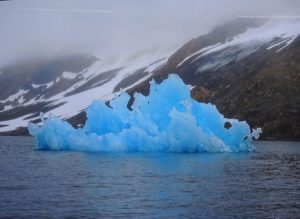Hiking and Birds on Anderson Island
Jerry Broadus and Clarice Clark will be leading a birding trip to Anderson Island on April 9, featuring coastal forest and seashore habitat, and involving some easy to moderate hiking. We will visit Andy’s Marine Park, walking on a well maintained 0.7 mile (each way) nature trail to a short descent to a lovely tidal lagoon and barrier beach on the west side of the island. http://andersonislandparks.org/Andy_s_Marine_Park.html This is a site for the Seattle Audubon Puget Sound Seabird Survey.
After returning to our cars, we will drive for about 10 minutes to the trailhead for Jacob’s Point, a protected natural area where we will walk about 1.2 miles (each way) on a flat trail to a short stairway to a beach. http://andersonislandparks.org/Jacobs_Point_Park.html We will be timing this to arrive at the beach at low tide. Jacob’s Point is a recently acquired protected area with interpretive signs, the remains of an historic homestead, a bridge over wetlands, and overlooks to Oro Bay on the south side of the island. Dogs are prohibited at both sites.
We plan on going no matter the weather. We recommend comfortable hiking boots, especially at Jacob’s Point which can have a lot of substantial water puddles on the trail, if it has recently rained. Probably best to bring a change of dry socks and shoes for the drive back home. Leaders will bring and share scopes.
Jerry and Clarice will plan on getting in line for the 56 car Anderson Island Ferry at the Steilacoom dock by 8:30 for the 9:00 crossing (about 20 minutes, with views of South Sound seabirds along the way). Vehicle fare including driver is $18.35 ($15.25 Senior) round trip. Passengers fare is $5.45 ($2.70 Senior). You have to park in the ferry line and walk down to the ticket office before boarding. They take cash and Visa/Mastercard, and they check ID for the senior rates. There is a pay parking lot beside the ferry line which charges $8.00 and must be paid in cash or check, (stuffing bills in one of those tight little slots–so no change given). Because of all of this, we suggest that you consider arranging car pools and get there at least 30 minutes early. For pre-arranged car pools the Sound Transit I-5/SR 512 park and ride, at 10617 So. Tacoma Way, (beside the McDonalds) is 20 minutes from the ferry dock, which is at 56 Union Avenue in Steilacoom.
After leaving the ferry on the island we will caravan to the parking lot at Andy’s Marine Park (there are signs you can follow to get there), and will hike from there. Both this park and Jacob’s Point have good off-street parking for 10 or so cars, depending on how close together you get. There are Porta-Potties at each parking area, and Jacobs Point has a composting toilet near the stairs to the beach. There is a good general store and a cafe that closes at 3:00 in the middle of the Island (we will drive by them both). For the return to Steilacoom you can catch a ferry at 2:50, 3:50, 4:50, and other times. It takes about about 15 minutes to drive from Jacob’s Point back to the ferry dock.
Mostly to keep down the number of cars at the parking areas we want to limit the trip to 20 people, hopefully riding together as much as possible. Please register for this trip with Tahoma Audubon. You can contact us at jbroadus@seanet.com with questions.
(Jerry Broadus is the current President of Tahoma Audubon Society)


